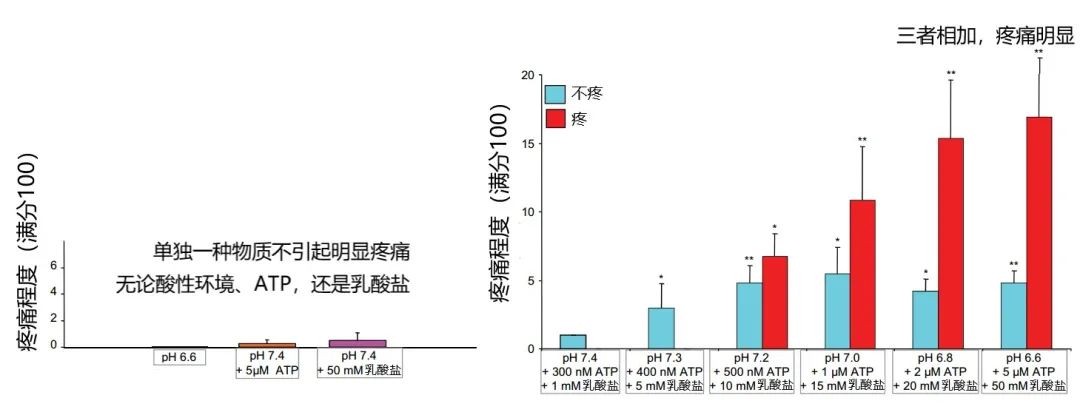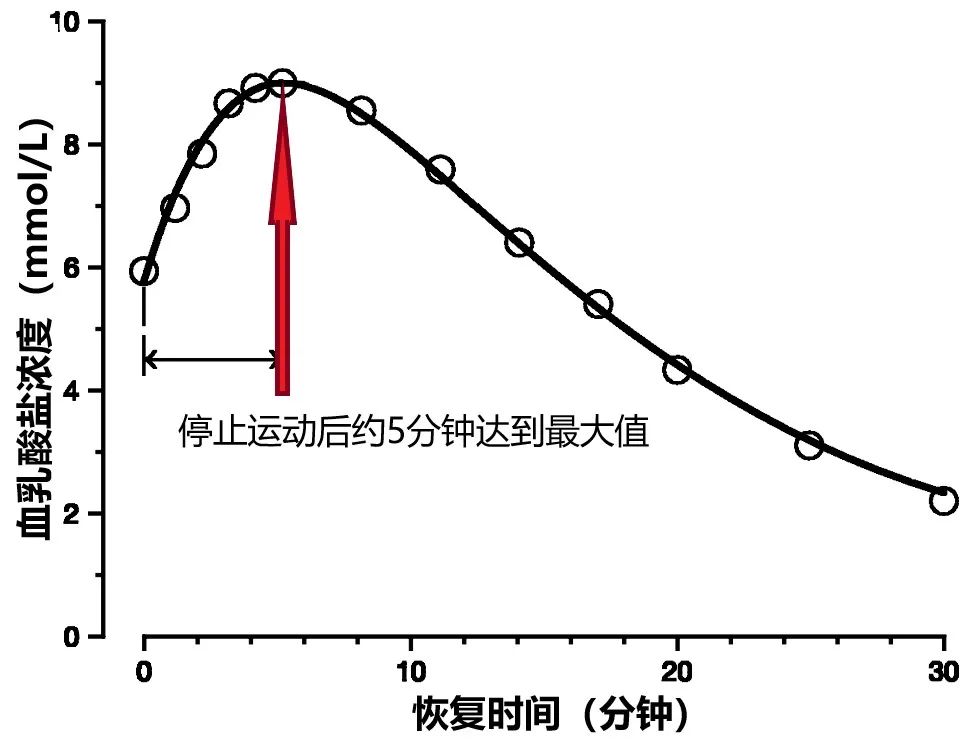[1] Ferguson BS, Rogatzki MJ, Goodwin ML, Kane DA, Rightmire Z, Gladden LB. Lactate metabolism: historical context, prior misinterpretations, and current understanding. Eur J Appl Physiol. 2018;118(4):691-728.
[2] Cairns SP. Lactic acid and exercise performance : culprit or friend? Sports Med. 2006;36(4):279-91.
[3] Hochachka PW, Mommsen TP. Protons and anaerobiosis. Science. 1983;219(4591):1391-1397.
[4] Hall MM, Rajasekaran S, Thomsen TW, Peterson AR. Lactate: Friend or Foe. PM R. 2016;8(3 Suppl):S8-S15.
[5] National Strength and Conditioning Association ; G. Gregory Haff, N. Travis Triplett, editors. Essentials of Strength Training and Conditioning, 4th ed. 2016.
[6] Pollak KA, Swenson JD, Vanhaitsma TA, Hughen RW, Jo D, White AT, Light KC, Schweinhardt P, Amann M, Light AR. Exogenously applied muscle metabolites synergistically evoke sensations of muscle fatigue and pain in human subjects. Exp Physiol. 2014;99(2):368-380.
[7] Gregory NS, Whitley PE, Sluka KA. Effect of Intramuscular Protons, Lactate, and ATP on Muscle Hyperalgesia in Rats. PLoS One. 2015;10(9):e0138576.
[8] Light AR, Hughen RW, Zhang J, Rainier J, Liu Z, Lee J. Dorsal root ganglion neurons innervating skeletal muscle respond to physiological combinations of protons, ATP, and lactate mediated by ASIC, P2X, and TRPV1. J Neurophysiol. 2008;100(3):1184-1201.
[9] Fukuba Y, Walsh ML, Morton RH, Cameron BJ, Kenny CT, Banister EW. Effect of endurance training on blood lactate clearance after maximal exercise. J Sports Sci. 1999;17(3):239-248.
[10] Brooks GA. Cell-cell and intracellular lactate shuttles. J Physiol. 2009;587(Pt 23):5591-5600.
[11] Lewis SF, Haller RG. The pathophysiology of McArdle's disease: clues to regulation in exercise and fatigue. J Appl Physiol (1985). 1986;61(2):391-401.







